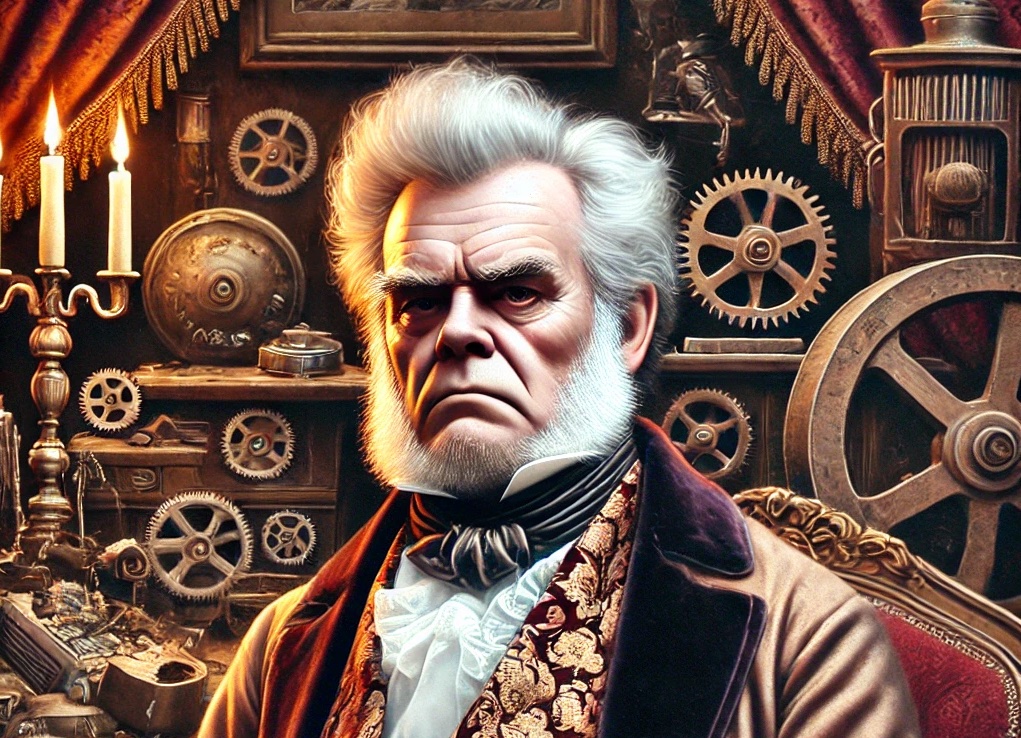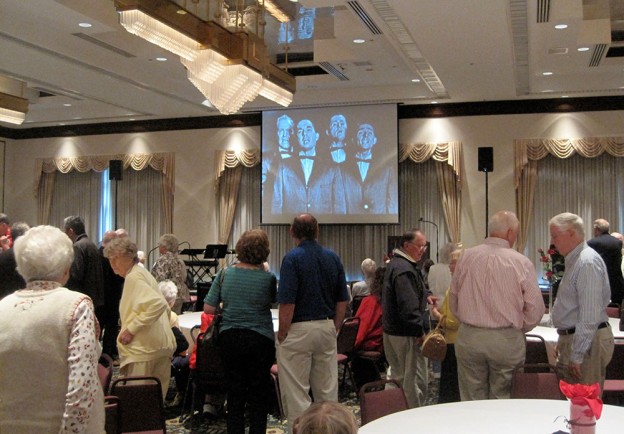Category: Articles
-

Selected Artworks: Venice Biennale 2024
In June, I visited some of the Venice Biennale pavilions located outside the main Giardini della Biennale exhibition space. The theme of this year’s Venice Biennale is “Foreigners Everywhere”. Below are just a few of the artworks that caught my eye. Click the image to enlarge on larger screens.
-

I Just Don’t Get AI
You know what really grinds my gears? Artificial Intelligence. AI, they call it. I just don’t get it. They say it’s the future, but last time I checked, the future was supposed to be full of flying cars and robot maids—not invisible brains that know more about me than I do.
-
Napkin Data: Ronald Reagan and Monkey Movies
When it came to Americans’ long-term economic well-being Ronald Reagan wasn’t the best. But what can be said of his legacy wrt monkey movies?
-

It’s A Blue World: Getting Nostalgic at the Four Freshmen Convention
My experience at the twenty-fourth annual convention of the Four Freshmen Society, an organization devoted to supporting “the greatest vocal group in history.” Despite this appellation, if you’re not a fan of vocal jazz you may not know who the Four Freshmen are. Here’s the relatively short version of a long story.
-
Einstein in the West, Quanta in the East: Physics, Philosophy, and Religion
Originally published on May 27, 2005 on Religion & Ethics NewsWeekly (PBS) website In the coming months, you may experience strange urges to spend quality time with protractors, gaze up into the night sky and ponder the nature of the universe, or sidle up to a few thousand volts of static electricity emitting from a…
-
Telecommunications in South Africa: Expanding Horizons
Originally appeared on Wide Angle (PBS) website, “Road to Riches” episode, 2003 Building the Networks of Privilege Though telecommunications systems in Africa are generally less extensive and sophisticated than those in the developed world, South Africa’s telecommunications networks are among the best in all of Africa. The reasons behind this distinction, like so many other…
-
Mining in South Africa: The Industrialization of a Young Nation
Originally appeared on Wide Angle (PBS) website, “Road to Riches” episode, 2003 South Africa’s Gold Rush South Africa is a land rich in mineral resources including diamonds, platinum, aluminum, coal, and gold; mining in the region dates back to the early Iron Age. The story of mining in South Africa, and especially of its gold…
-
Winemaking in South Africa: The Roots of Colonization
Originally appeared on Wide Angle (PBS) website, “Road to Riches” episode, 2003 The Dutch Arrive in South Africa The beginnings of winemaking in South Africa coincide with the arrival of Dutch settlers to the future republic’s Western Cape in 1652. Commander Jan van Riebeeck had been sent to Table Bay by the Dutch East India…